100,00k or 6500k bulbs
cghpnd
10 years ago
Related Stories

HOME TECHHere's a Bright Idea: Smart Bulbs for Better Lighting
Lightbulbs that can change brightness and color with a cell phone command show flashes of design brilliance
Full Story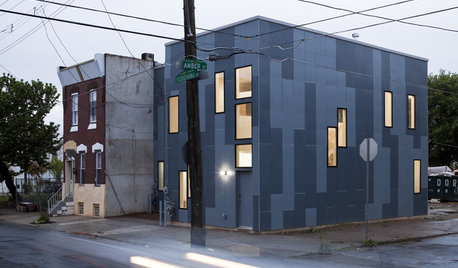
HOUZZ TOURSHouzz Tour: The 100K House Project
Efficient Design and Nontraditional Finishes Add Up to Affordable Style
Full Story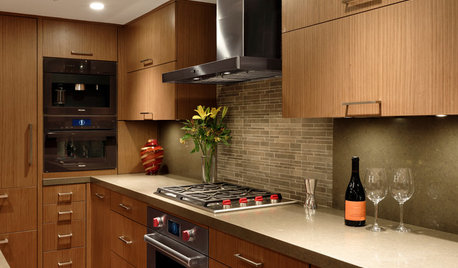
SMALL KITCHENSThe 100-Square-Foot Kitchen: Fully Loaded, No Clutter
This compact condo kitchen fits in modern appliances, a walk-in pantry, and plenty of storage and countertop space
Full Story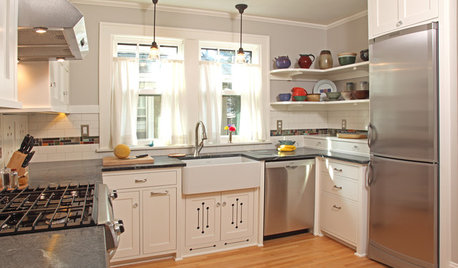
KITCHEN DESIGNThe 100-Square-Foot Kitchen: Farm Style With More Storage and Counters
See how a smart layout, smaller refrigerator and recessed storage maximize this tight space
Full Story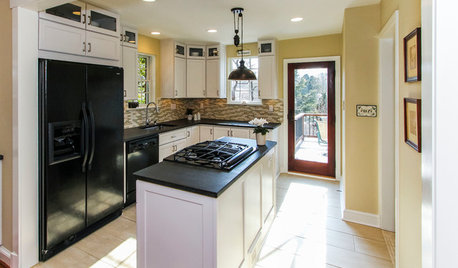
SMALL KITCHENSThe 100-Square-Foot Kitchen: No More Dead Ends
Removing an angled peninsula and creating a slim island provide better traffic flow and a more airy layout
Full Story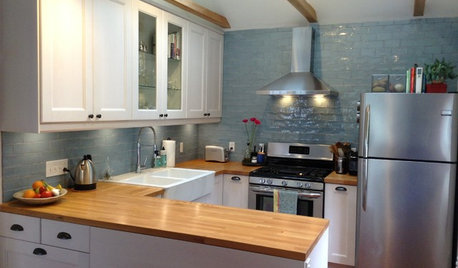
MOST POPULARThe 100-Square-Foot Kitchen: A Former Bedroom Gets Cooking
DIY skill helps create a modern kitchen where there wasn’t one before
Full Story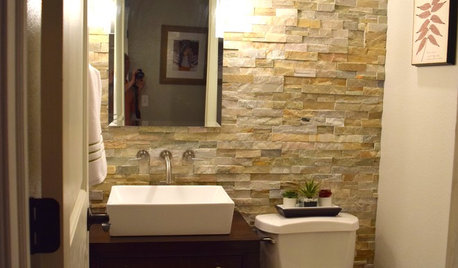
BEFORE AND AFTERSSee a DIY Powder Room Transformation for $1,100
Determination, DIY skill and a stunning tile feature wall helped make this formerly dark and gloomy powder room feel spacious
Full Story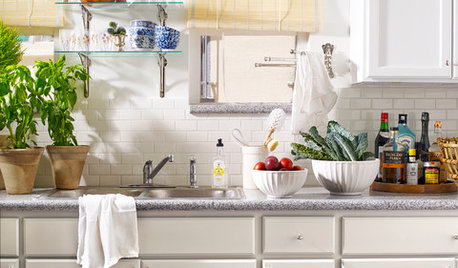
SMALL KITCHENSHouzz Call: Show Us Your 100-Square-Foot Kitchen
Upload photos of your small space and tell us how you’ve handled storage, function, layout and more
Full Story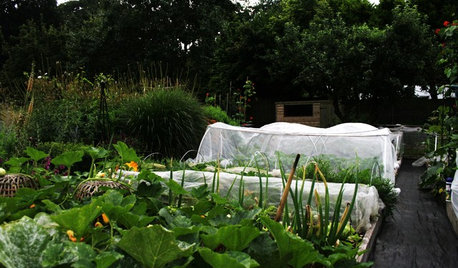
EDIBLE GARDENSFood and Community Thrive in a U.K. Allotment Garden
Get a peek at a rented garden plot in England where edibles and flowers mix and local residents can mingle
Full Story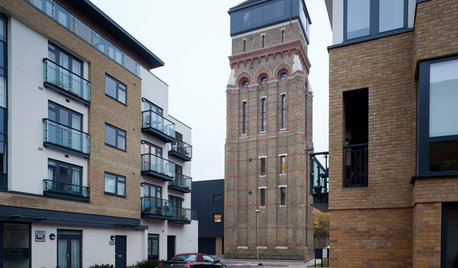
ARCHITECTUREHouzz Tour: Towering Above London in a 7-Story Home
Maximizing see-forever views, the U.K. couple who converted this water tower are aiming high
Full StoryMore Discussions






art33
Natures_Nature
Related Professionals
Barrington Hills Landscape Architects & Landscape Designers · East Rancho Dominguez Landscape Architects & Landscape Designers · Saint Louis Park Landscape Architects & Landscape Designers · Edwardsville Landscape Contractors · Fort Mill Landscape Contractors · Lynn Landscape Contractors · The Villages Landscape Contractors · Carson Fence Contractors · Columbia Fence Contractors · Manorville Fence Contractors · Palm Harbor Fence Contractors · Tacoma Fence Contractors · Franklin Fence Contractors · Portage Roofing & Gutters · Ojus Roofing & Guttersmister_guy
cghpndOriginal Author
chilliwin
art33
art33
chilliwin